Scientists reveal how ancient Roman concrete stood test of time
Ancient Romans built some impressive buildings, many of which still stand today. How have they lasted 2000 years? Scientists believe it’s all in the special concrete the Romans used
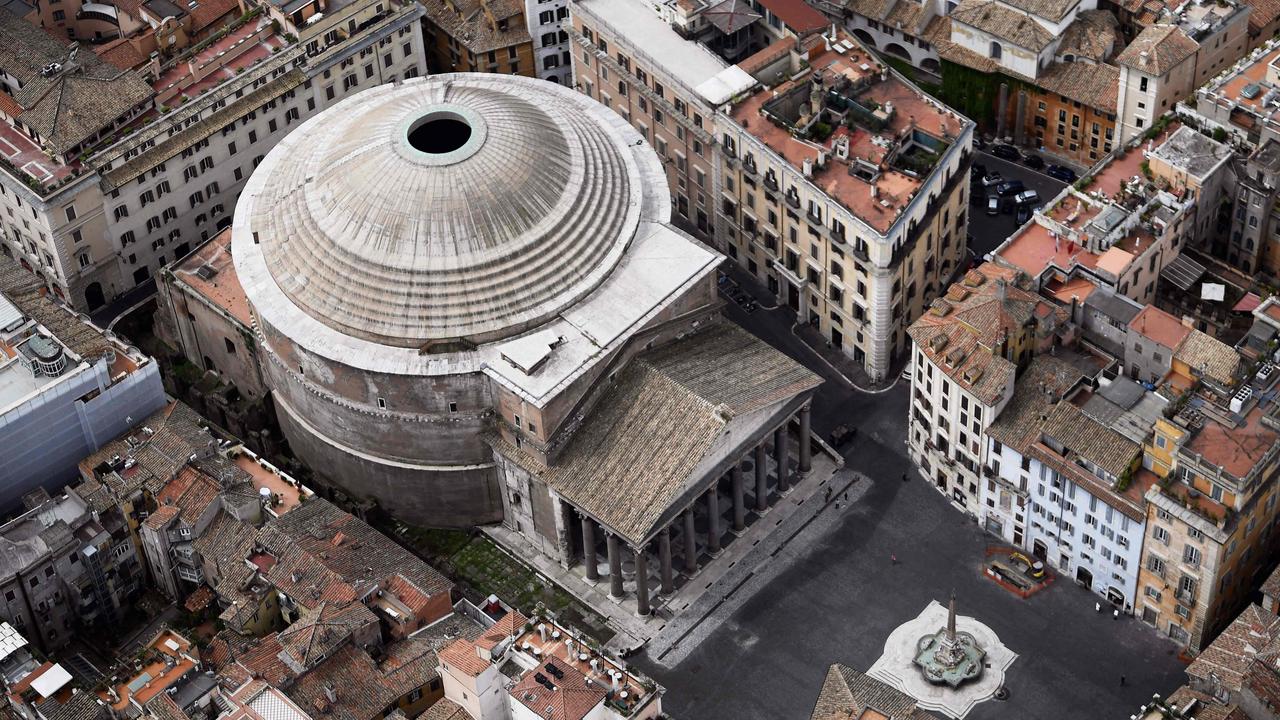
READING LEVEL: RED
The ancient Romans were brilliant engineers* and builders, creating many magnificent structures that have survived 2000 years to modern times.
Exactly how these structures, like the domed Pantheon in Rome, have endured* has remained a bit of a mystery, but researchers believe they have finally uncovered the secret: self-healing concrete.
The secret lies in an ingredient of the ancient Roman concrete that the researchers said had been overlooked in past studies.
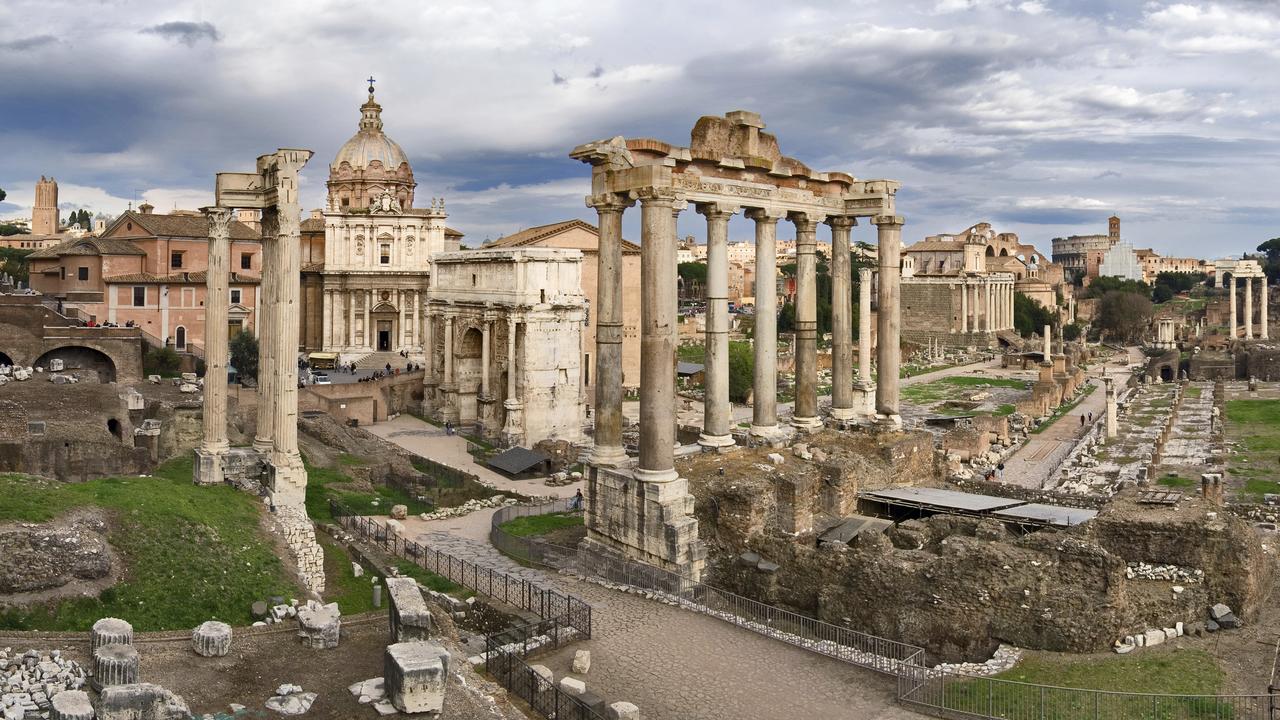
The concrete, which was shipped across the Roman empire for construction, had three primary ingredients: lime*, volcanic ash and water. Its durability* has often been attributed to the use of volcanic ash from Pozzuoli on the Bay of Naples in Italy.
But this time the researchers, whose findings were published in the journal Science Advances, focused their attention on another component of the ancient concrete mix – small white chunks called “lime clasts*”.
“These are not found in modern concrete formulations, so why are they present in these ancient materials?” asked study author and professor of civil and environmental engineering Admir Masic, from the Massachusetts Institute of Technology in the US.
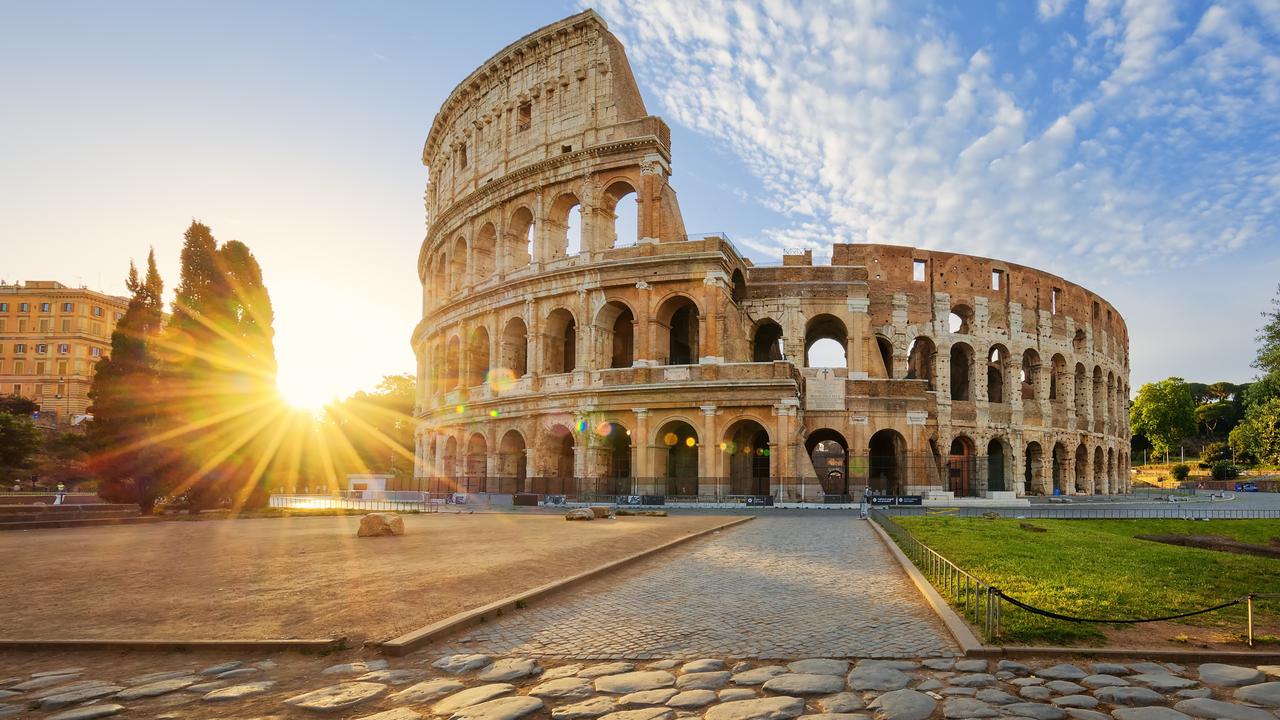
The research team, which also included scientists from Switzerland and Italy, said the lime clasts had been thought to be the result of “sloppy mixing practices” or poor-quality raw materials.
But they were in fact what gave the ancient concrete a “previously unrecognised self-healing capability”.
The researchers examined 2000-year-old Roman concrete samples from the masonry* mortar* of a city wall in Privernum, Italy. They found that a process known as “hot mixing” is what gave the concrete its “super-durable nature” in which the Romans mixed quicklime* with water and the volcanic ash at high temperatures.
“The benefits of hot mixing are twofold,” Professor Masic said. “First, when the overall concrete is heated to high temperatures, it allows chemistries* that are not possible if you only used slaked lime*, producing high-temperature-associated compounds* that would not otherwise form.
“Second, this increased temperature significantly reduces curing* and setting times since all the reactions are accelerated, allowing for much faster construction.”
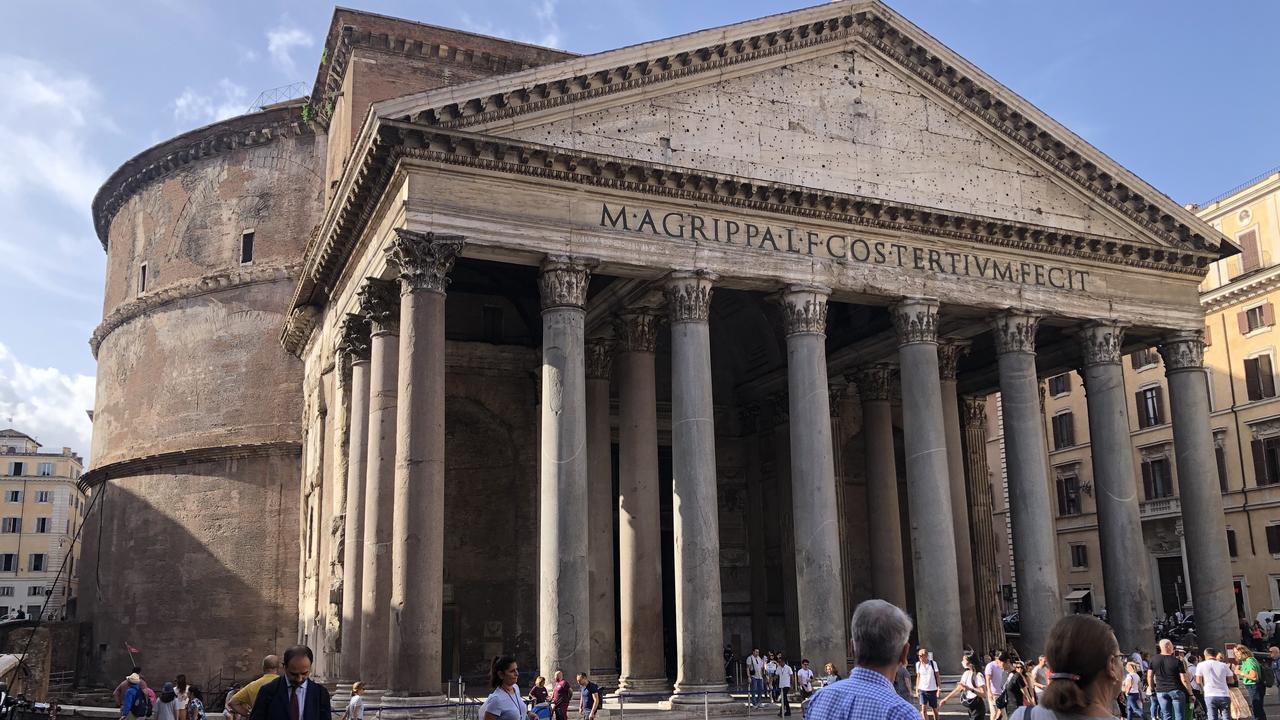
It was the lime clasts that gave the ancient concrete its “self-healing functionality”, the team said.
Tiny cracks in the concrete would tend to travel through the high-surface-area lime clasts and, when exposed to water, would recrystallise as calcium carbonate*, filling the crack almost like glue.
“These reactions take place spontaneously* and therefore automatically heal the cracks before they spread,” said the researchers, who conducted tests using modern concrete and the ancient formula.

The Romans began using concrete in the 3rd century BC. It helped them build many structures including temples, colosseums, public baths, aqueducts, bridges and harbours.
The Pantheon, dating back to the 2nd century AD, is a circular concrete building with a brick facade and the world’s largest and oldest unreinforced concrete dome.
The massive Roman Colosseum, dating to the first century AD, also would have been impossible without concrete.
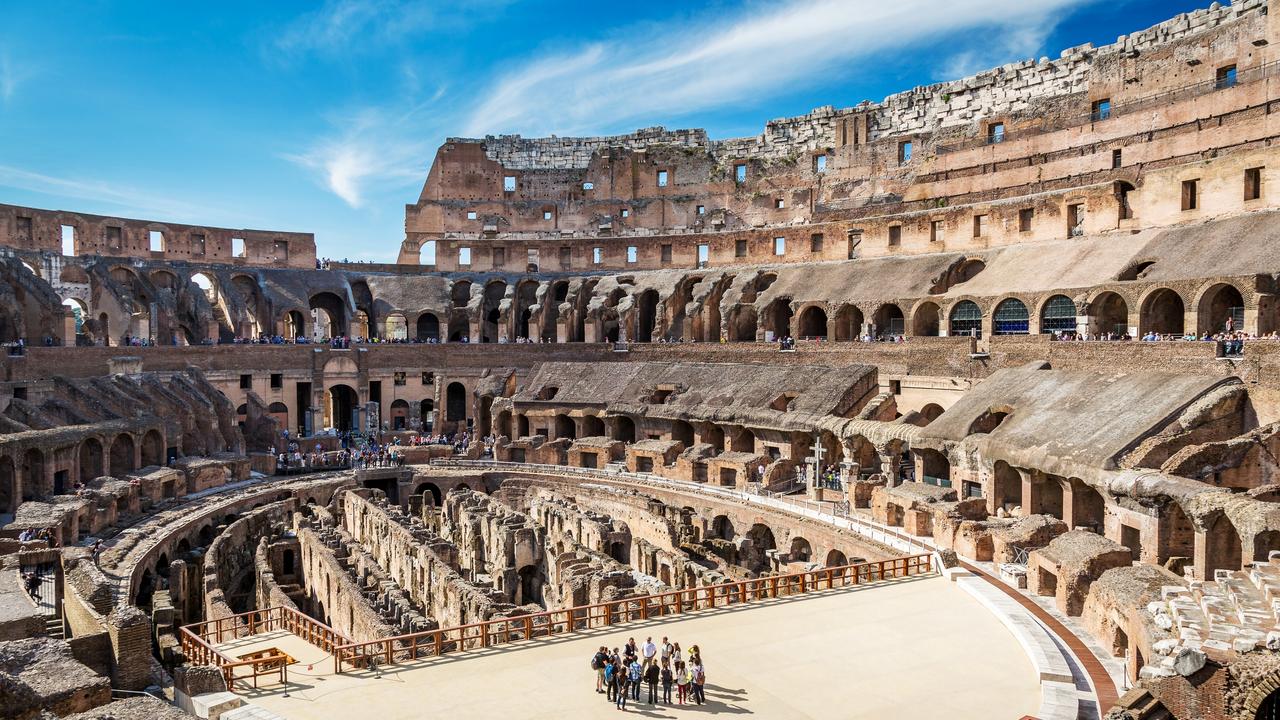
“The Romans were great engineers. The fact that we can still walk around many of their structures is a testament to that,” said study lead author Linda Seymour.
Professor Masic said he hoped the findings could be used to improve the concrete being used today.
“This is an important next step in improving the sustainability of modern concretes through a Roman-inspired strategy,” he said.
GLOSSARY
- engineers: people who design, build or maintain engines, machines or structures
- endured: lasted, remained in existence
- lime: a powdery mineral that is made by heating limestone rock
- durability: the ability to last a long time
- clasts: fragments of rock
- masonry: stonework
- mortar: a mixture that is put between bricks to hold them together
- quicklime: the form of lime you get when you heat limestone
- chemistries: chemical reactions
- slaked lime: the form of lime you get when you add water to quicklime
- compounds: something that is made up of two or more separate elements
- curing: the time it takes for concrete to reach full strength
- calcium carbonate: a white chemical compound found mainly in limestone, marble and chalk
- spontaneously: done in a natural, sudden way
EXTRA READING
Visitors to see Colosseum as gladiators saw it
Exploring the lost city of Pompeii
QUICK QUIZ
- How many years has the Pantheon survived?
- What are the three primary ingredients of the ancient Roma concrete?
- What small white chunks in the ancient concrete did the researchers focus their study on?
- Where did the researchers get their concrete samples from?
- When did the Romans begin using concrete?
LISTEN TO THIS STORY
CLASSROOM ACTIVITIES
1. Concrete ingredients
What modern buildings or structures do you know of that are built out of concrete?
-
-
-
Do you think these buildings will still be around and standing in good stead in 2000 years from now?
Do you think modern construction should use the same ingredients and method that the ancient Romans did? Explain your answer.
Time: allow 20 minutes to complete this activity
Curriculum Links: English, History, Critical and creative thinking
2. Extension
Why do you think the technique and ingredients for mixing and building with concrete changed over the years?
Are newer methods necessarily better?
Design your own concrete house?
Time: allow 30 minutes to complete this activity
Curriculum Links: English, Design and technologies, Critical and creative thinking
VCOP ACTIVITY
Self-healing concrete
The article talks about self-healing concrete. Re-read the article to find where the process of self-healing is explained.
Can you think of some benefits of replicating that process in modern-day production?
What might be some hurdles with the process? Using the article’s explanation of the process to support your ideas.
Remember to re-read your work aloud to ensure it’s clear and makes sense. Then check your VCOP skills to see if you can edit and up-level your work to make it even more impactful to the audience.

